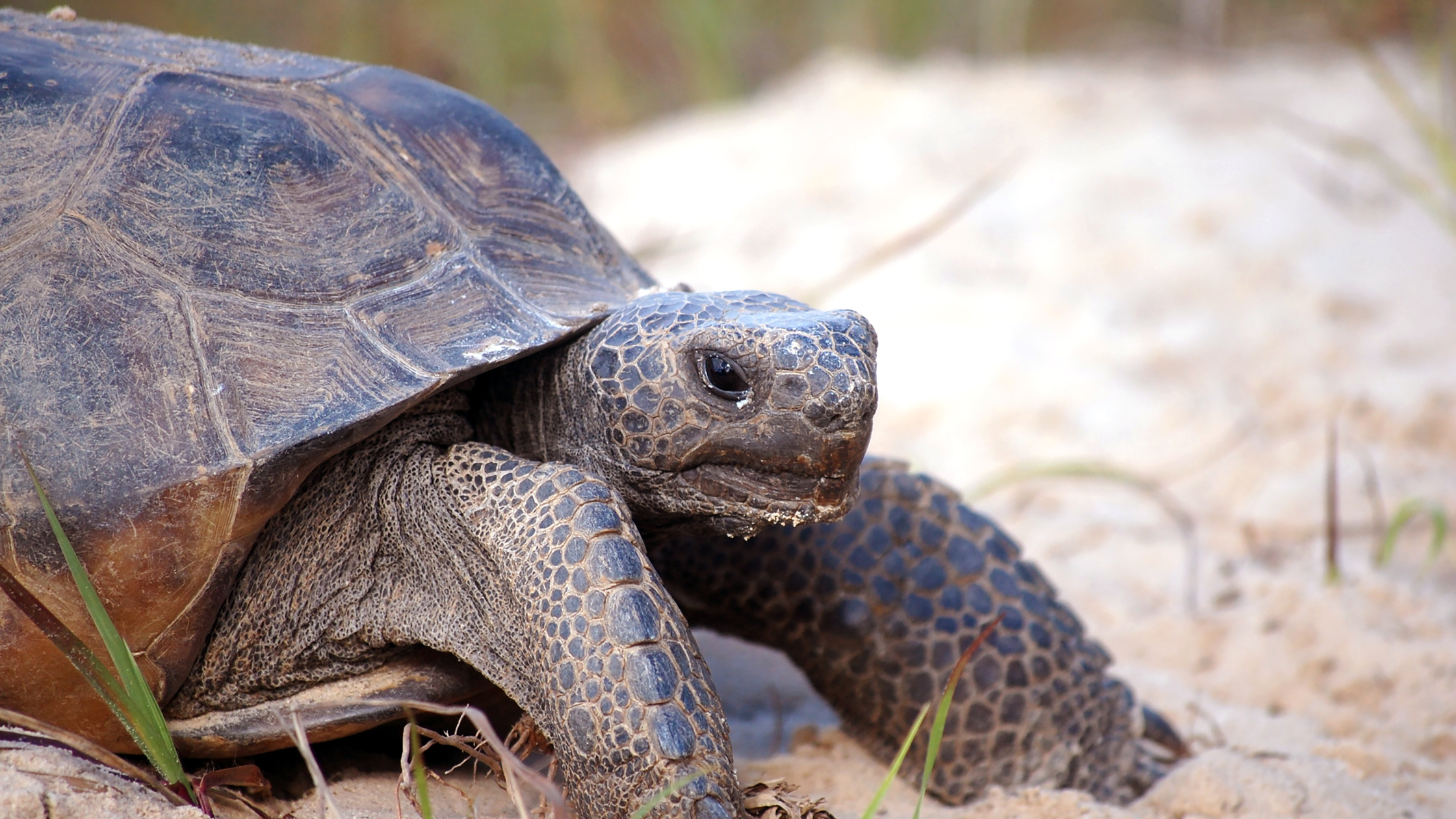Collaborative Conservation Leads to Decision to Not List Gopher Tortoise in Eastern Segment
Collaborative conservation was the cornerstone of the U.S. Fish and Wildlife Service’s finding earlier this month that listing the gopher tortoise population as a threatened or endangered species under the Endangered Species Act was not warranted throughout its entire range.
The populations in the eastern segment, which includes Florida, Georgia, South Carolina, and most of Alabama, do not require protection under the ESA and will be withdrawn as a candidate for listing. The species in the western segment of its range in western Alabama, Mississippi, and Louisiana will retain its threatened status.
According to the Service, an estimated 149,000 reported gopher tortoise individuals are distributed across their range with most found in the eastern segment and only 8 percent in the western segment.
The gopher tortoise is a keystone species of the longleaf pine ecosystem, which FLA is actively working to restore with help from the National Fish and Wildlife Foundation in the southeast. It is reported, more than 400 species feed, shelter, and nest in gopher tortoise burrows.
FLA served on the gopher tortoise Species Status Assessment Committee and has been actively working with the Service to provide data and input from private forest landowners to allow for the best data-driven decisions on at-risk and listed species.
Read the Notice of Findings here: https://lnkd.in/exVxQfgB
